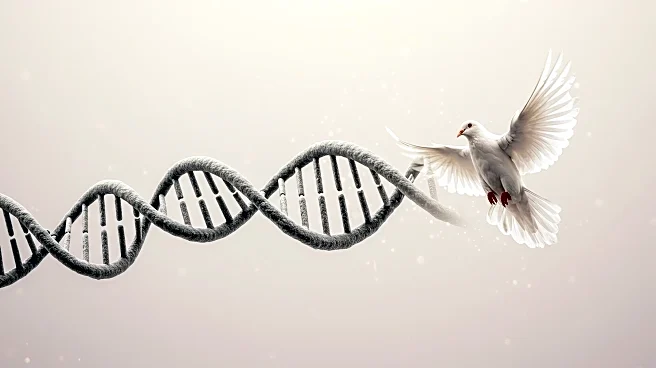Rapid Read • 7 min read
Sarepta Therapeutics is facing scrutiny after recent deaths linked to its adeno-associated virus (AAV) gene therapy for Duchenne muscular dystrophy (DMD). AAVs are commonly used for delivering genes to patients with genetic diseases, but they can accumulate in the liver, leading to immunogenicity issues. Sarepta's Elevidys therapy has been associated with liver injuries, raising concerns about the safety of AAVs. Despite these challenges, AAVs remain popular for their ability to deliver DNA to non-dividing cells. The gene therapy industry is exploring ways to improve AAV safety, including reducing immunogenicity and enhancing targeting capabilities.
AD
The challenges faced by Sarepta highlight the risks associated with AAV gene therapies, particularly their potential to cause liver injuries. This has significant implications for the gene therapy industry, which relies on AAVs for delivering therapeutic genes. The scrutiny of AAV technology may lead to increased regulatory oversight and demand for safer alternatives. However, AAVs are still considered valuable for their ability to target non-dividing cells, and ongoing research aims to improve their safety and efficacy. The situation underscores the need for innovation in gene delivery platforms to address safety concerns and expand therapeutic options.
The gene therapy industry is likely to see increased focus on improving AAV technology, with companies investing in methods to reduce immunogenicity and enhance targeting. Alternatives to AAVs, such as lipid nanoparticles, are gaining attention for their lower immunogenicity. Sarepta's challenges may prompt regulatory agencies to reassess the safety of AAV-based therapies, potentially impacting ongoing and future clinical trials. The industry is expected to continue exploring new materials and delivery platforms to overcome the limitations of viral vectors and expand the scope of gene therapies.
AD
More Stories You Might Enjoy










